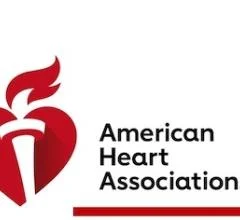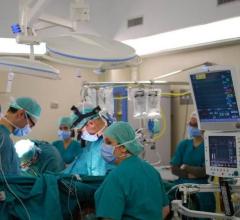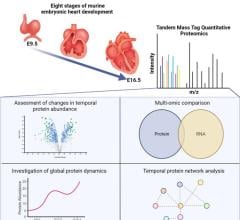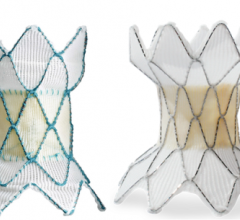
At 11 years old, Jaheim Whigham (center) is the youngest and smallest patient to receive the 50cc SynCardia temporary Total Artificial Heart. (Photo: Jan Terry, Ann & Robert H. Lurie Children's Hospital of Chicago)
January 31, 2017 — To save the life of an 11-year-old boy, Ann & Robert H. Lurie Children’s Hospital of Chicago has become the first pediatric hospital in the United States to implant the 50cc SynCardia temporary Total Artificial Heart.
Jaheim Whigham is the world’s youngest and smallest person to receive the 50cc Total Artificial Heart, a smaller version of the 70cc Total Artificial Heart that received U.S. Food and Drug Administration (FDA) approval in 2004. The smaller version is designed to fit women, men of smaller stature and adolescents like Whigham.
“We had no other options but to implant Jaheim with the artificial heart,” said Carl Backer, MD, division head, Cardiovascular Surgery at Lurie Children’s and professor of surgery at Northwestern University Feinberg School of Medicine. “Since the artificial heart implant on Dec. 1, 2016, Jaheim’s other organs have recovered nicely. He keeps getting stronger and has now been listed for a heart transplant.”
Whigham was born with a congenital heart defect called hypoplastic left heart syndrome, where the heart has just one working chamber. He received his first heart transplant in 2012. However, during a routine check-up at Lurie Children’s in October 2016, tests revealed he was in heart failure because of donor heart rejection.
Whigham was immediately admitted to the hospital and treated intensively for rejection. Several weeks later, however, his other organ systems began to fail. To save his life, Lurie Children’s cardiac surgeons removed his transplanted heart and implanted the 50cc Total Artificial Heart.
“This device is actually making him a better candidate for a transplant,” said nurse Ann Mead, RN, CCU. “Many times what happens is that a patient’s body becomes quite frail because of the other organs that are involved that makes a heart transplant a greater risk. But with physical and occupational therapy and better nutrition to make him stronger, the artificial heart makes Jaheim a better candidate when a heart is available. He can already walk around and do other things he couldn’t do before he had the artificial heart.”
Similar to a heart transplant, the SynCardia Total Artificial Heart replaces both failing heart ventricles and the four heart valves, allowing Whigham’s doctors to remove his failing donor heart. Unlike a donor heart, the Total Artificial Heart cannot be rejected by the body and is readily available at SynCardia Certified Centers, allowing patients to receive a new heart without the wait.
During a press conference held by Lurie Children’s on Jan. 17, Whigham’s parents, who have lost two other children to hypoplastic left heart syndrome, expressed their gratitude for the Lurie Children’s care team and the hope the Total Artificial Heart has given them.
"It's hard for me, but when I look at Jaheim, it makes me smile and it brings me up and gives me motivation," said his mother LaKim with tears in her eyes.
"It's an amazing thing to be here and have my kid be with me every single day, and to know we have a fighting team for us is amazing," said his father Michael.
Just a few days later, Whigham was switched from the Companion 2 hospital driver, which powers his Total Artificial Heart, to the smaller Freedom portable driver, which provides greater mobility and can be worn in a backpack or shoulder bag.
In the United States, the 50cc SynCardia temporary Total Artificial Heart is an investigative device, limited by federal law to investigational use.
For more information: www.syncardia.com


 March 17, 2025
March 17, 2025 








